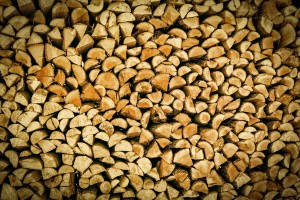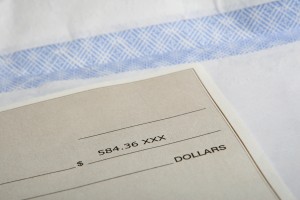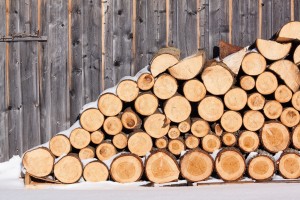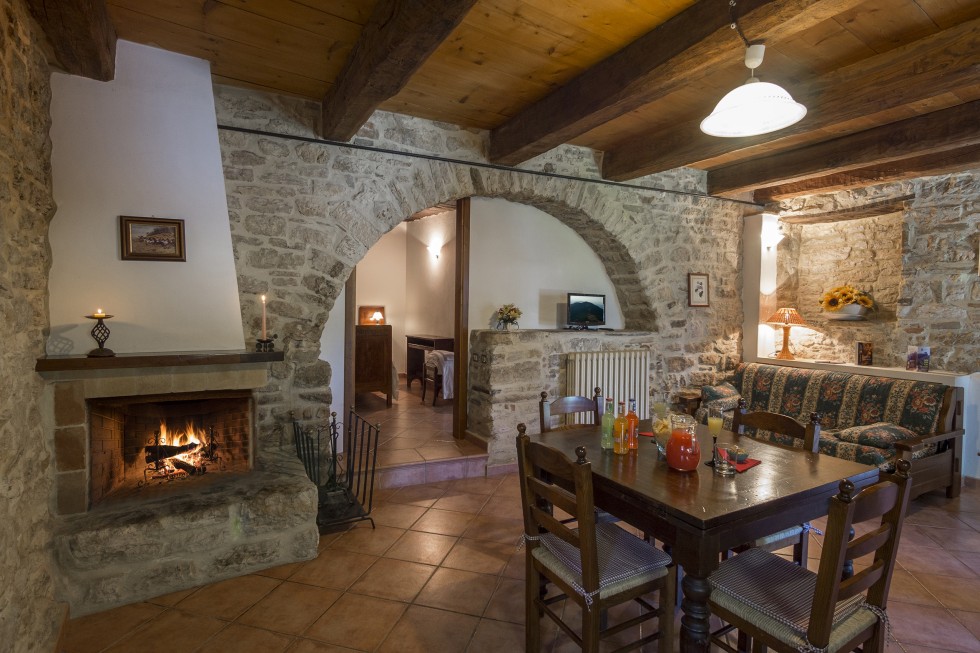We are on the verge of another winter with its heavy snowfalls and icy winds. If you are a homeowner with a fireplace in your living-room, it’s high time to get a decent stock of firewood to last you until the warm sun finally melts down the snow next spring. As the amount of wood you will require is considerable, you may decide to buy a few bundles at the lowest price you can find. However, you should know that the cost is not the most crucial factor while selecting the right burning material for your fireplace. There are some other important considerations. If you follow the simple tips below, you’ll be able to buy firewood with the best heat efficiency and save some money in the process.
1. Select the right type of firewood
Dry against green
You need to know what kind of wood will burn best in your fireplace. That is seasoned wood, which has been left to dry for at least half a year in contrast to green wood that still contains almost 50% of moisture. In dry firewood, the concentration of water will not exceed 25% or a little less. It matters because the heat generated by green burning wood will be wasted on drying it out. That means that less heat will be directed inside your room and you will have to pay more for heating your home. There are several signs showing that the firewood before you is dry. If you bang one log against another and hear a hollow sound, the firewood is definitely dry. A dull sound indicates that the firewood is not ready for burning yet. The ends of dry logs are also darker in color in comparison with green ones, and have cracks. Finally, well-seasoned wood weighs less.
Hardwood against softwood
Another important characteristic of firewood is its density. Hardwood, which is denser, will keep burning longer than softwood. However, an efficient fire is made with both hardwood and softwood. The latter is good for making a fire start burning quickly, while the former takes longer to burn to the end and is an excellent choice for cold winter months. So, you will need both those types of firewood.

2. Choose the right type of cord
You also need to know how firewood is measured. Distributors sell firewood in cords. The type of cord called “full cord” measures 8 feet in length, 4 feet in height, and 4 feet in depth. On the whole, that is 128 cubic feet. In the majority of cases, it is sufficient for most people to fuel their fireplaces throughout winter. There is an alternative: A “face cord,” which is smaller (4 feet in depth, 4 feet in height, and with the depth corresponding to the wood length). You should decide which type of cord will be enough for your fireplace to avoid overpaying for something that you don’t actually need.
3. Find the right vendor and remember how the price is formed
Finding a reliable supplier must be your top priority when buying firewood. Unfortunately, the market is full of vendors whose primary goal is to deceive homeowners by selling them bad wood or performing various manipulations with cords. You can find a good vendor by asking anyone you know well to recommend you one. You can also go online and get a list of suppliers in your area. Remember that the closer to your house you can buy firewood, the less you will have to pay. Other factors that define the final figure include piece size, energy content (hardwood or softwood), dryness, and amount. Ordering by phone is discouraged. You should go to the warehouse, see the firewood with your own eyes, assess its quality, and measure it. When you’ve made your choice, get your vendor to stack the firewood. It will cost you more, but you will have the chance to make sure you’ve been delivered the right type and quantity of wood. Ask the vendor for a receipt with every detail of your purchase specified including the date, quantity, and price. No trustworthy vendor will refuse to do that.

4. Store the firewood correctly
Storing your wood after you’ve acquired it is essential, too. When not stacked properly it will absorb water and may start to rot. If you can, place your firewood inside a shed where it will be securely protected from rain and melting snow. If you decide to keep your wood outside, at least put it on a platform and place a protective shield above the uppermost layer. Putting the firewood above the ground will contribute to a better air circulation around the stack so that the logs could remain dry.

Selecting the right type of wood and reliable vendor is important for any homeowner when winter is knocking at the door. If you follow the simple tips given above, you will save money and have enough firewood to spend every long winter evening sitting by your favorite fireplace with joyfully crackling logs filling the room with pleasant warmth.





